DIY electronic modules for tinkerers
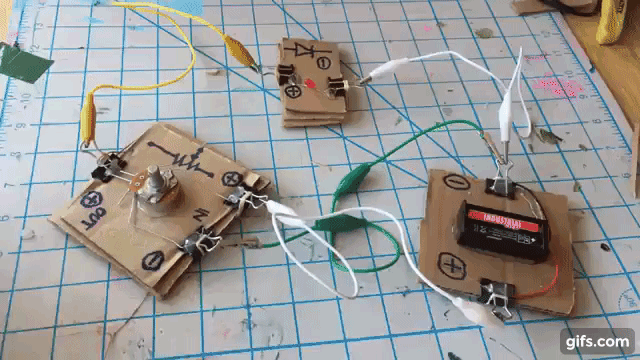
#cardboardcircuits are electronic modules built of cardboard, glue and scrap electronics. Modules are built by the kids themselves and electronic parts are sourced from deconstructing toys and other every day electronic gadgets. The modules are built from common classroom materials such as cardboard and binder clips.
Cardboard circuits are inspired from Tinkering Studio circuit boards, Toy Take-Apart, and others.
Sharing your creations on social media? Use #cardboardcircuit in Twitter or Instagram.
From Harvesting Toys To Electronic Modules
Kids start by taking apart and discovering the internals of toys and electronic devices. As they extract the parts, they identify and salvage individual electronic components, such as button or motors. The electronic components are then rewired into a self-contained module that can be reused in future circuits.
No soldering required
Connections between modules are made via crocodile clips, binder clips or paper clips. Using common classroom materials, kids are able to manufacture their own modules – without soldering. Just like Circuit Boards, modules can be connected together with tape, elastics and others.
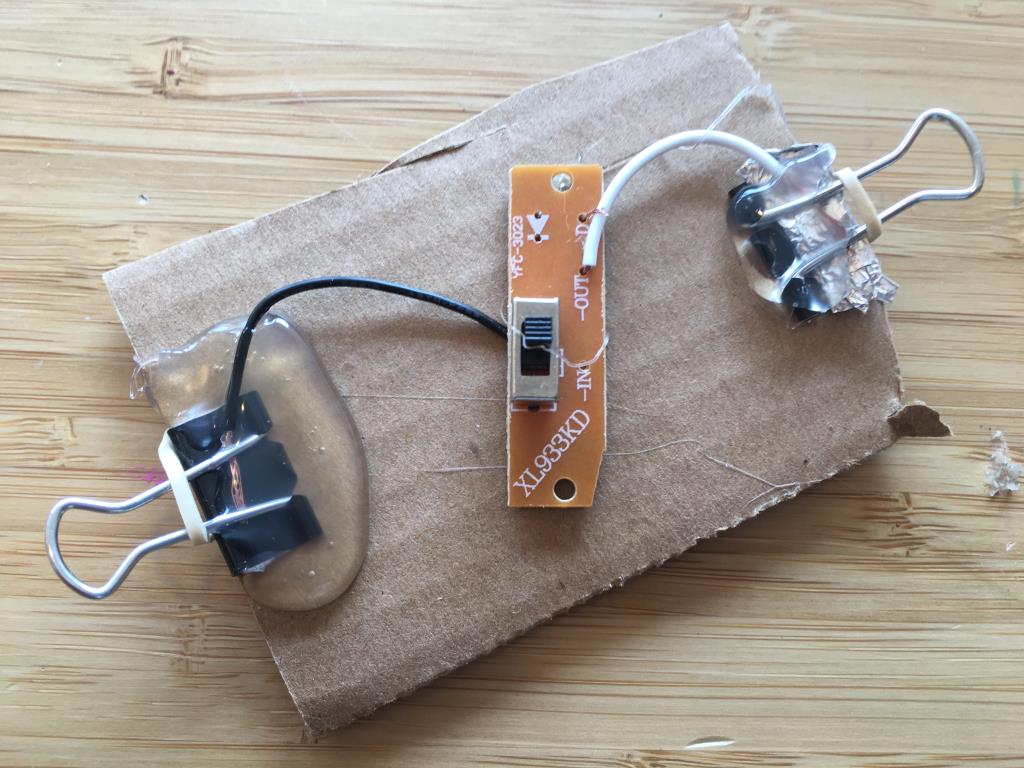
Built by kids
Modules are built by the children themselves and they are encourage to customize them. Using cardboard, it is encourage to have modules of all shapes as long as it is usable with the other blocks.
Sorting modules by (purpose and color)
We follow the little Bits color convention to categorize the modules: power = blue, input = pink, output = green, wire = orange and (new) controller = yellow.

Kids can also use the cardboard to write a manual for the component they just built.
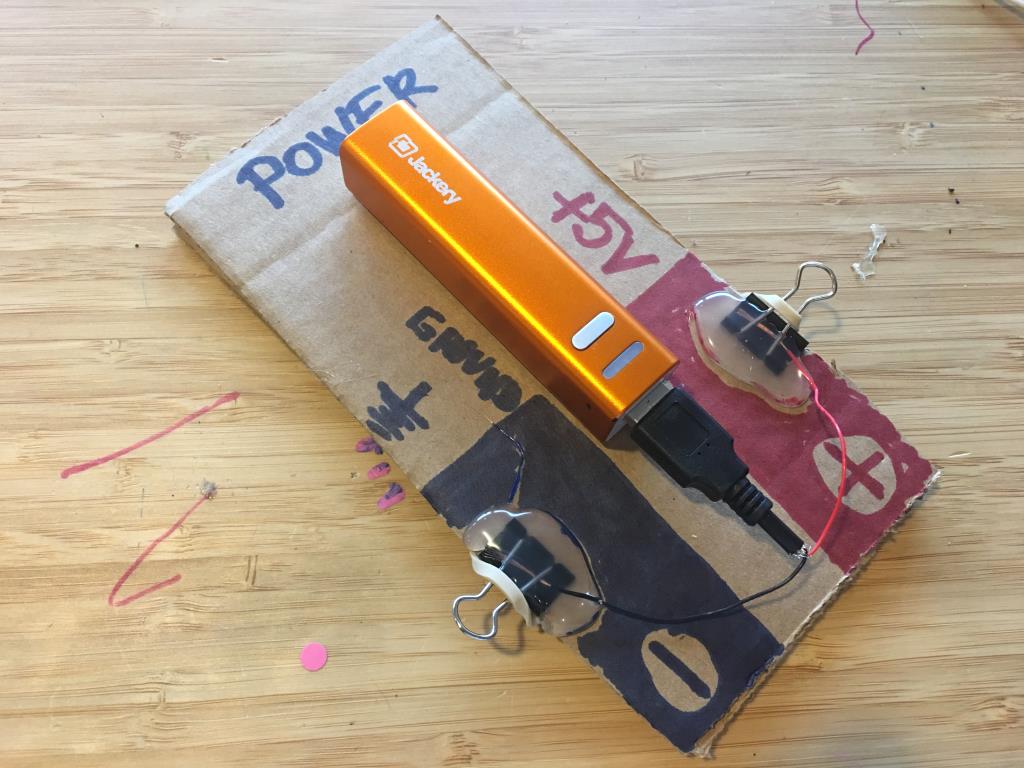
Cardboard robots
From recycled wheels and switches, use cardboard to build your own personalized robots.
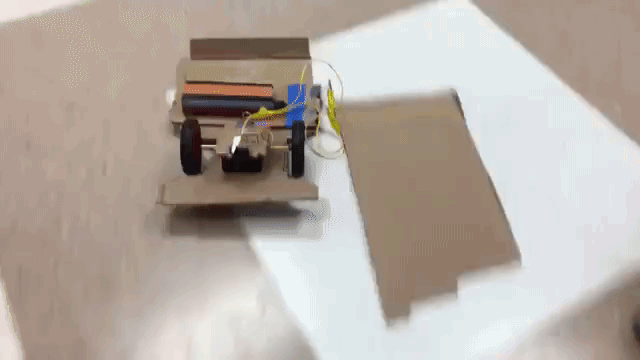
Controller module
A controller is a module that receives inputs and generates output. As the complexity of projects increases, the need for controller will quicly arise. Some controller can be built from simple electronic components or by using programmable micro-controllers such as the micro:bit or Adafruit Circuit Playground Express. Micro-controllers can generate sounds, drive motors and servos, or even communicate remotely between each others.
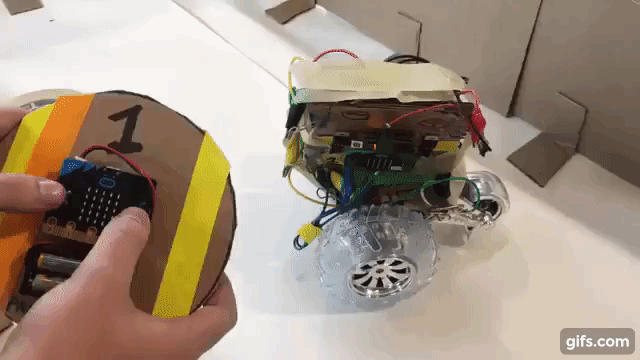
Code your modules!
The Microsoft MakeCode editors are block based editor running in most browser and super beginner friendly. As the children build new controllers, they will learn on demand the various programming concepts needed to implement. Thus, coding has a meaning, it allows to build amazing stuff.

Open Source On GitHub
The sources of this web sites are available at https://github.com/Microsoft/cardboard-circuits.
Acknowledgments
A special thanks for the Pacific Science Center Tinker Tank team at the Pacific Science Center in Seattle.
License
MIT
Code of Conduct
This project has adopted the Microsoft Open Source Code of Conduct. For more information see the Code of Conduct FAQ or contact opencode@microsoft.com with any additional questions or comments.